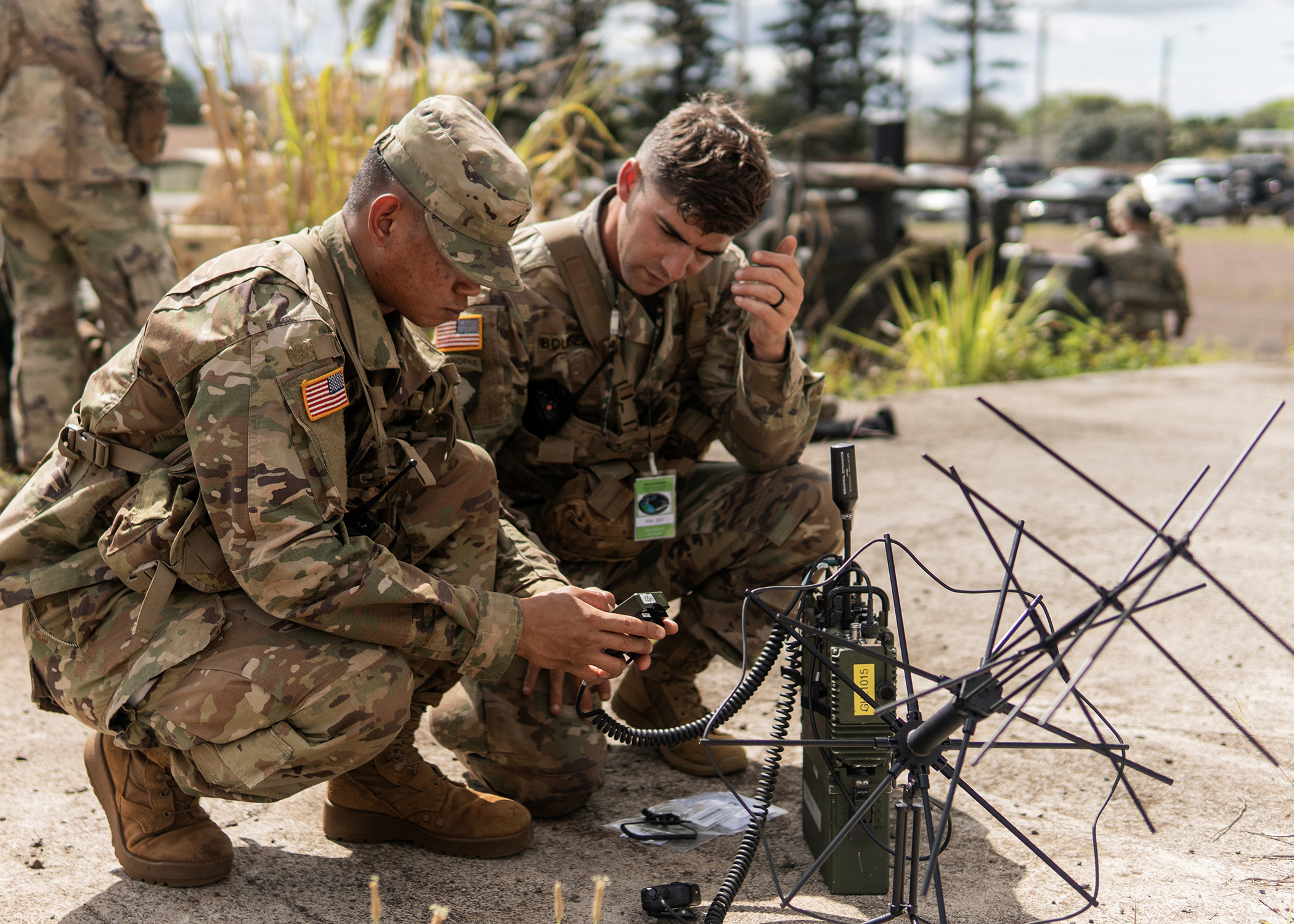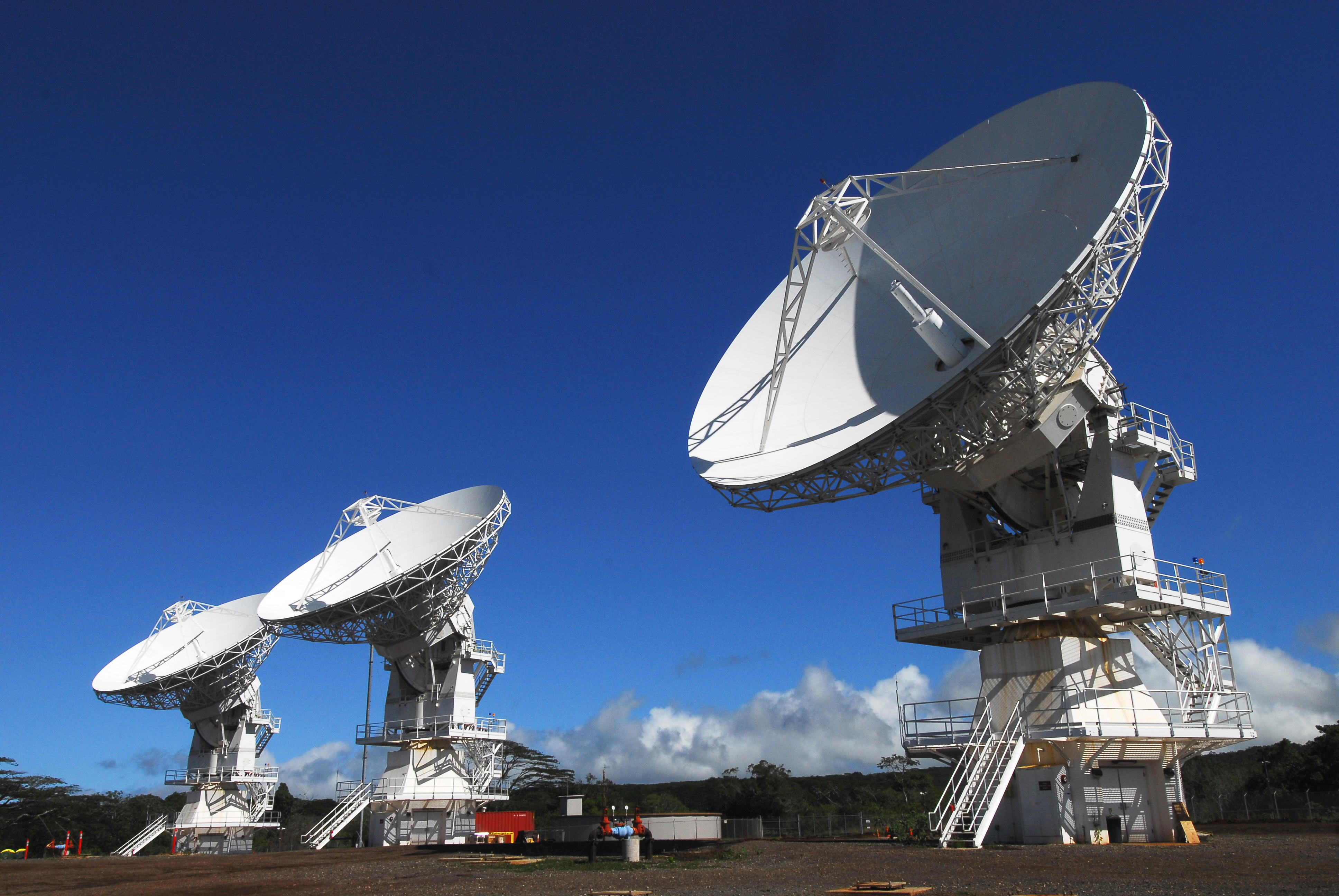
The Navy’s next-generation narrowband satellite communications system is ready for unrestricted operations, having passed the final milestone before a full operational capability (FOC) determination.
The narrowband satellite communications system, called Mobile User Objective System (MUOS), recently completed the required Multiservice Operational Test and Evaluation (MOT&E). The test included participants from the Navy, Marine Corps and Army, according to a statement released by Naval Information Warfare Systems Command (NAVWAR) this week.
“Since MOT&E was the last prerequisite, we expect FOC designation shortly,” Steven Davis, a NAVWAR spokesman, said in an email to USNI News.
The commander of the Navy’s Operational Test and Evaluation Force determined MUOS was effective, suitable and cyber-survivable for regular operations. The test was the last critical milestone before turning MUOS over for full operations, according to NAVWAR.
“Sailors and Marines can already use MUOS in situations like humanitarian response, disaster assistance and training,” said a statement from John Pope, who leads the Navy’s Program Executive Office for Command, Control, Communications, Computers, Intelligence and Space Systems (PEO C4I and Space Systems).
“Now, these same advanced communications capabilities will be available in the tactical warfare environment. The advantages MUOS provides will help the warfighter compete, deter and win on the battlefield.”
MUOS, through a constellation of five satellites, provides global connectivity to terminals, platforms, tactical operators and operations centers. The system replaces the slower and less mobile 1990s-era Ultra High-Frequency Follow-On (UFO) satellite communication system.

Each satellite in the MUOS constellation carries two payloads: a legacy communications payload to maintain Department of Defense narrowband communications during the transition to MUOS, and the advanced MUOS Wideband Code Division Multiple Access (WCDMA) capability, according to NAVWAR.
MUOS WCDMA radios can transmit simultaneous voice, video and mission data on an Internet Protocol-based system connected to military networks. MUOS radios operate from anywhere around the world at speeds considered comparable to how smartphones upload photos to social media. MUOS radios can also work under dense cover, such as jungle canopies, according to NAVWAR.
“I am very proud of the entire team that contributed to this outstanding achievement,” said a statement from Capt. Chris DeSena, program manager for the Navy Communications Satellite Program Office. “The capability MUOS brings to the warfighter is revolutionary in terms of narrowband communications, and I look forward to seeing the potential of MUOS fully realized.”
U.S. Strategic Command approved the WCDMA payloads for early combatant command use in July 2016. This approval allowed each branch of the military to test, train, use the system in exercises. In July 2018, STRATCOM expanded WCDMA use to include all non-combat operations, according to NAVWAR.
“As with any leap-forward capability, extremely complex satellite communications programs, of which all the services are reliant upon, initial schedules adjust accordingly based upon emerging factors. That the MUOS program in October has been recognized by multiservice evaluators to be successfully operationally effective, operationally suitable and cyber survivable is a significant milestone for the program and our service operators,” Davis said.





